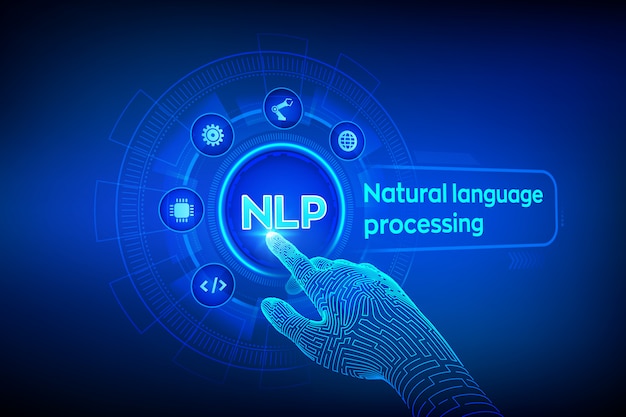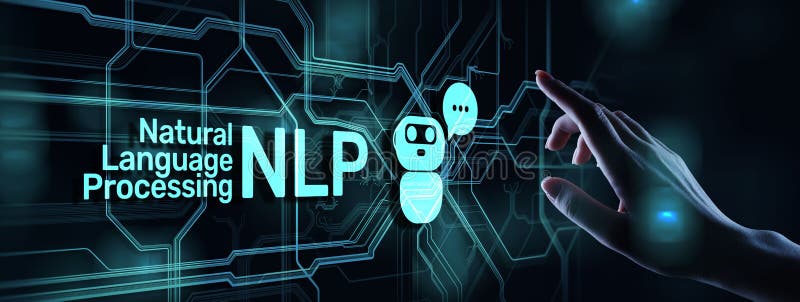Are you facing problem to pronunciation or spoken words that includes 'sh' or 's'
The "s" and "sh" sounds are similar but have distinct differences. Here are some tips to help you differentiate between the two sounds and improve your pronunciation:
The "s" sound is made by placing the tip of your tongue behind your front teeth and blowing air out through your mouth. It is an unvoiced sound, which means that your vocal cords do not vibrate when you make this sound.
The "sh" sound is made by placing the tip of your tongue on the roof of your mouth, just behind your front teeth, and blowing air out through your mouth. It is also an unvoiced sound, but the airflow is more restricted than for the "s" sound, causing a hissing sound.
Here are some examples of words that use each sound:
"S" sound: sip, bus, miss, loss
"Sh" sound: ship, bush, wish, push
To practice these sounds, you can try saying words that contain them slowly and carefully, paying attention to how your tongue and mouth move. You can also try practicing with a language learning app or website that provides audio examples and feedback on your pronunciation.
Here are some additional tips and examples to help you differentiate between the "s" and "sh" sounds:
Tongue placement: When making the "s" sound, the tip of your tongue should be just behind your front teeth. When making the "sh" sound, your tongue should be further back in your mouth, with the middle of your tongue raised towards the roof of your mouth.
Airflow: The "s" sound is made with a steady flow of air, while the "sh" sound is made with a more forceful and turbulent flow of air.
Duration: The "s" sound is shorter than the "sh" sound, which is typically held for a slightly longer duration.
Examples of words that contain the "s" sound:
sit
bus
dress
fast
gas
miss
loss
Examples of words that contain the "sh" sound:
ship
wash
push
fish
wish
cash
sure
Remember that the distinction between these two sounds can be subtle, so it getting them right may take some practice helpful exercise is to say pairs of words that differ only by the "s" or "sh" sound, such as "sip" and "ship" or "bus" and "bush," and listen carefully to the difference between them.


















![हिन्दी दलित काव्य संवेदना [Hindi dalit kavya samvedana]](https://blogger.googleusercontent.com/img/b/R29vZ2xl/AVvXsEjmPCGNz-7XxiBD62O3qBofCnWoJzUQ48ONT7zewP_X4cmWWN0A-GAwhQAtuJhYF7DwL2grEgUEymGmCK8FwUyvSQ6mma9s7fM9xuu-RE72jAzYQ87wzTvSrygTL12AV38Ddhlj6DdOFX1WxhPKYYUGACAmwLei2GeyJ4Ew2jyIdAkKCsmPsW2c08tjQA/w72-h72-p-k-no-nu/Dahrmendra%20Kumar%20Allahbad%20(21).jpg)

